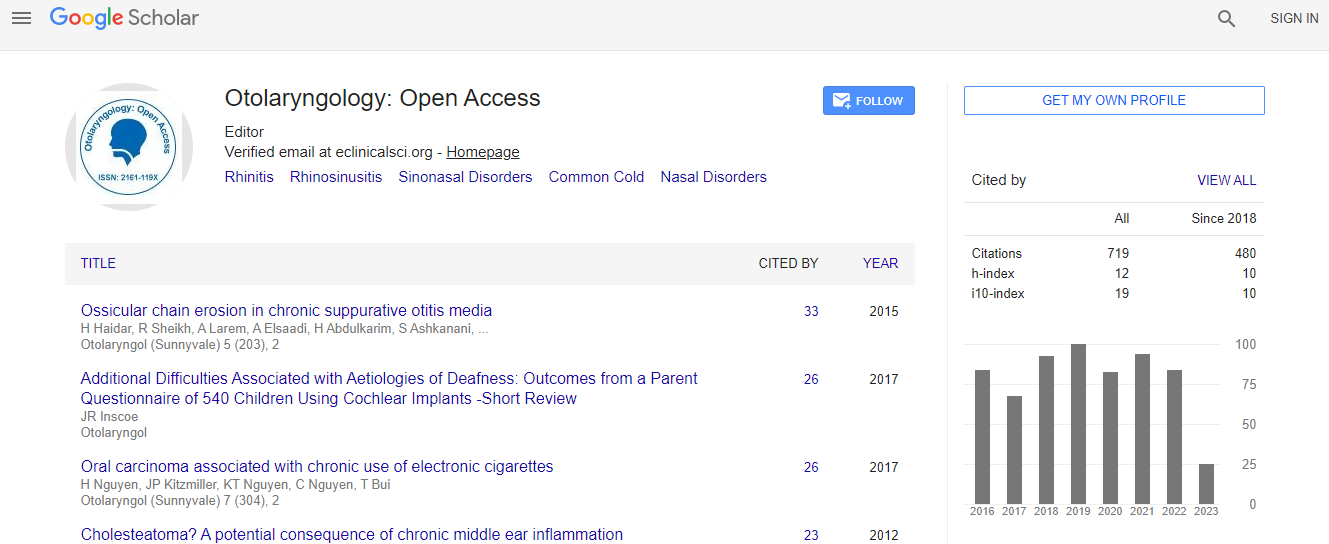The Cardiff Cup: A Model for Tonsillectomy Tie Training.
*Corresponding Author:
Copyright: © 2020 . This is an open-access article distributed under the terms of the Creative Commons Attribution License, which permits unrestricted use, distribution, and reproduction in any medium, provided the original author and source are credited.
Abstract
Tonsillectomy is a procedure commonly performed by otolaryngologists. The National Prospective Tonsillectomy Audit [1] reported reduced postoperative hemorrhage rates using cold steel dissection combined with ligation for homeostasis in comparison to hot tonsillectomy techniques. Accordingly, there is growing emphasis on the need for ENT surgical trainees to develop competence in tonsillectomy ties for haemostatic. Curved Negus forceps, Negus knot pusher, curved scissors and silk ties. Using a foam cup to simulate the oral cavity, gauze swabs are passed through two holes made on the lateral aspects of the bottom of the cup. The gauze represents the tonsillar beds on either side. A bleeding vessel is depicted with a red marking pen on the gauze. This is clamped using the Negus curved forceps. The trainee then proceeds to legating the bleeding vessel in the tonsillar bed with silk ligatures using a Negus knot pusher given its very basic nature, this model does not fully mimic the spatial orientation available during a tonsillectomy. However, it allows the junior trainee to become familiar with tonsillectomy instruments and develop the manual dexterity required to apply ligatures in a controlled environment. We hope that otolaryngology trainees may utilize this model as a simple aid to their training.

 Spanish
Spanish  Chinese
Chinese  Russian
Russian  German
German  French
French  Japanese
Japanese  Portuguese
Portuguese  Hindi
Hindi 
